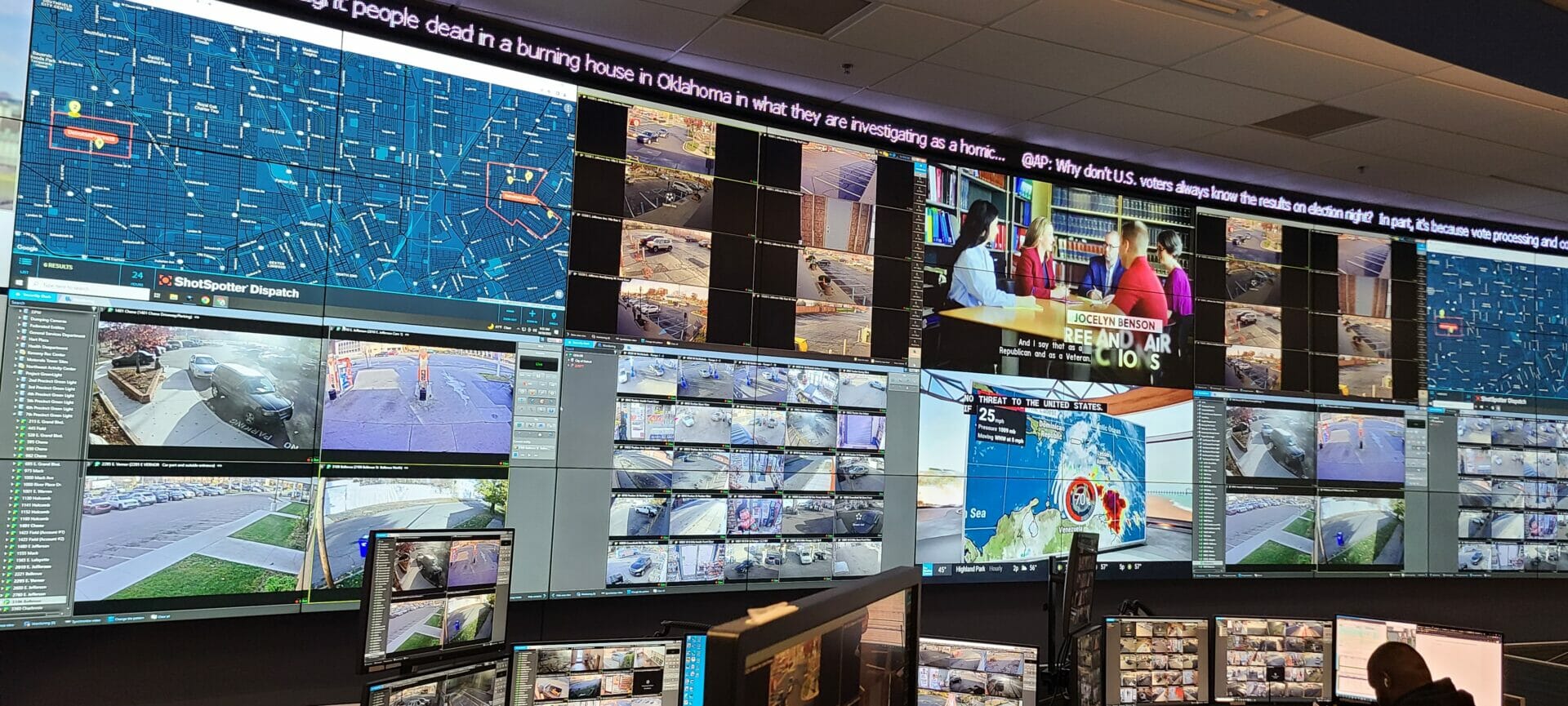Emergency Operation Centers (EOCs) are essential for effectively managing and coordinating responses to crises. As emergency management evolves, it’s become crucial to adopt more efficient and integrated approaches to handling emergencies. This has led to the emergence of command centers, state-of-the-art facilities where data from multiple sources can be collected, analyzed, and disseminated in real-time. In this blog post, we will explore the numerous benefits of investing in a command center for EOCs, highlighting how these investments can revolutionize emergency response efforts.
1. Enhanced Situational Awareness
A command center serves as the nerve center of an EOC, providing real-time data, visualizations, and analytics to decision-makers. By consolidating information from various sources, such as surveillance cameras, weather sensors, and incident reports, a command center enables emergency management personnel to gain a comprehensive understanding of the situation at hand. This enhanced situational awareness allows for more informed decision-making, efficient resource allocation, and the ability to anticipate and address potential challenges proactively.
2. Improved Communication and Collaboration
Effective communication and collaboration are vital in emergency response operations. Command centers facilitate seamless communication between different stakeholders, including emergency responders, government agencies, and community partners. With dedicated communication systems, such as intercoms, video conferencing, and secure data-sharing platforms, command centers break down communication barriers and enable real-time information sharing. This enhances coordination, enables swift decision-making, and ensures that all relevant parties are on the same page during critical moments.
3. Centralized Resource Management
During emergencies, optimizing the allocation of resources is vital. Command centers provide a centralized platform to monitor and manage resources effectively. By integrating data from various sources, including resource inventories, incident reports, and personnel availability, command centers help identify resource gaps and allocate them efficiently. This ensures that the right resources, such as personnel, equipment, and supplies, are deployed to the areas most in need, thereby optimizing response efforts and saving valuable time and lives.
4. Streamlined Incident Tracking and Documentation
A command center acts as a hub for incident tracking and documentation. With advanced software and tools, these centers enable seamless tracking of incidents, including their status, progress, and resolution. This documentation is invaluable for post-incident analysis, creating comprehensive reports, and identifying areas for improvement in future emergency response strategies. By streamlining incident tracking and documentation, command centers ensure that critical information is captured accurately and efficiently, aiding in both real-time decision-making and long-term analysis.
5. Training and Preparedness
Investing in a command center provides an opportunity for comprehensive training and preparedness exercises. These centers can simulate emergency scenarios, allowing emergency management personnel to familiarize themselves with the command center’s operations, tools, and procedures. By conducting realistic drills and training sessions, EOC staff can sharpen their skills, enhance their decision-making abilities, and improve overall emergency response readiness. Regular training in a command center environment ensures that all personnel are well-prepared to handle various crises effectively.
Investing in a command center for Emergency Operation Centers brings a multitude of benefits to emergency response efforts. From enhanced situational awareness and improved communication to centralized resource management and streamlined documentation, these centers empower emergency management personnel to make informed decisions, collaborate efficiently, and optimize response efforts. In a world where emergencies are becoming more complex, investing in a command center is a strategic move that can revolutionize emergency response, save lives, and build safer and more resilient communities.
Audio-visual Solutions for Command & Control Centers
With years of experience crafting high-tech command and control centers, Bluewater knows how to to integrate the latest A/V systems to ensure you have the real-time data you need. Our team of skilled AV integration specialists will partner with you throughout the entire process of constructing, expanding, or enhancing your command and control center. Contact us today to get started!













